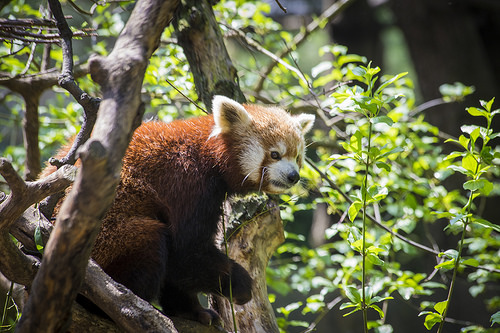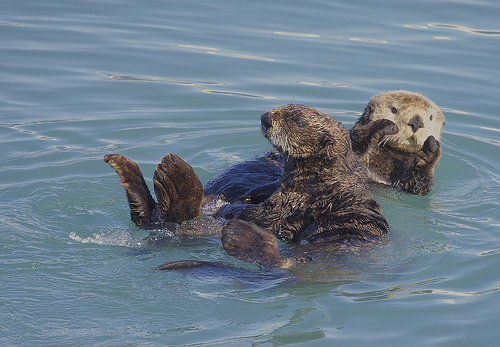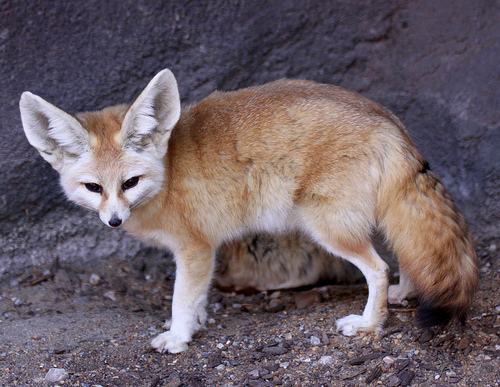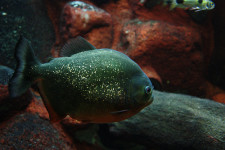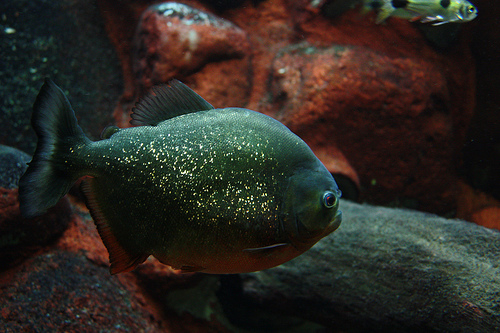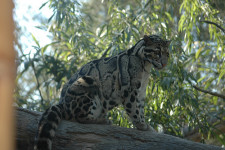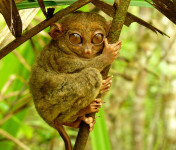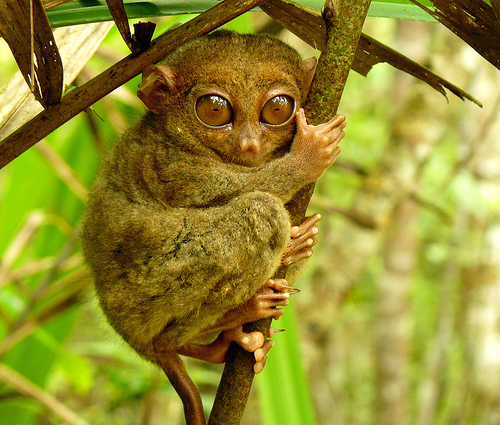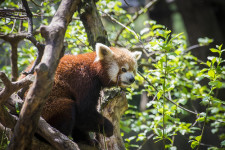
These facts shed some light on the mysterious red panda.
- Red pandas are mammals that generally live alone in trees of forest habitats in Asia, particularly south-west China and eastern Himalayas.
- ‘Red pandas’ are also known as ‘red cat-bears’ and ‘lesser pandas’, and they are a red-brown colour, with dark legs, ringed tails and white faces.
- There are two subspecies of red panda, and the animal’s scientific name is Ailurus fulgens, from the family Ailuridae, and it is the only living member of the family.
- The diet of red pandas mainly consists of bamboo, as well as other vegetation, eggs, insects, small birds and small mammals.
- Red pandas grow to be 50 to 65 centimetres (20 to 26 inches) in length and range from 3 to 9 kilograms (6.6 to 20 pounds) in weight.
Red Panda
Image courtesy of Davejoe/Flickr
- Red pandas generally sleep during the day, and are active during dawn and dusk periods as well as during the night.
- Female red pandas make nests for their young in tree hollows or crevices using vegetation, and later give birth to one to four cubs.
- Red pandas can live up to 15 years of age, although they generally live 8 to 10 years, and they are preyed upon by snow leopards and martens.
- Red pandas are threatened by loss of habitat by deforestation and poaching for their fur coat, while some are kept as pets.
- Two red pandas escaped from two different zoos, one in England, in Europe in 2005, and another in the United States of America’s Washington DC in 2013, although they were both recaptured.
Bibliography:
Red panda, 2014, National Geographic, http://animals.nationalgeographic.com.au/animals/mammals/red-panda/
Red panda, 2014, Wikipedia, http://en.wikipedia.org/wiki/Red_panda





